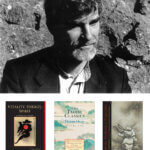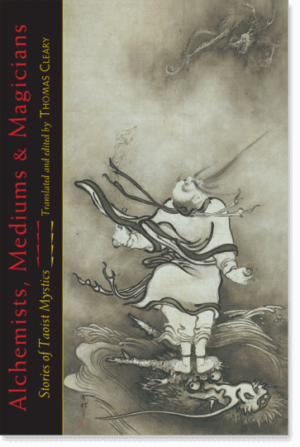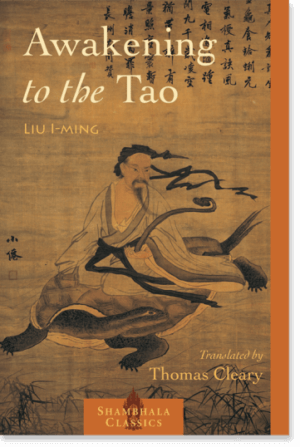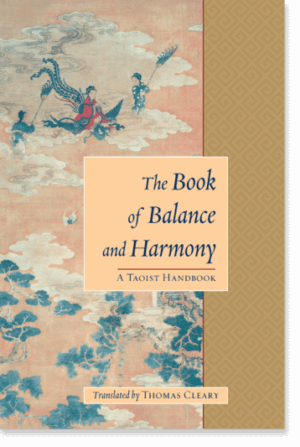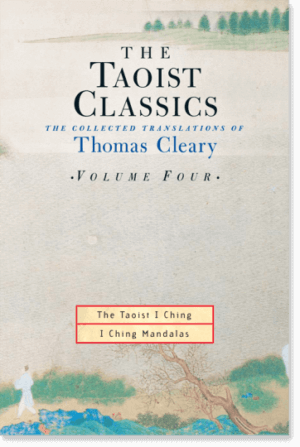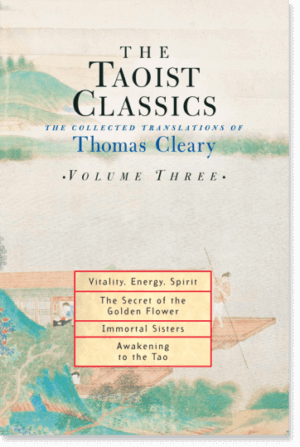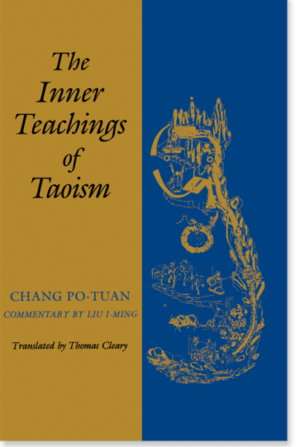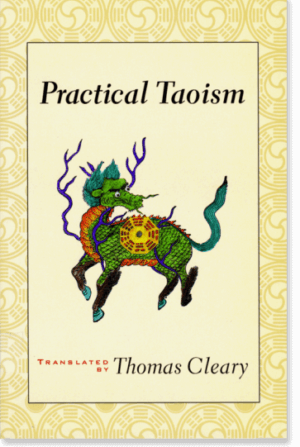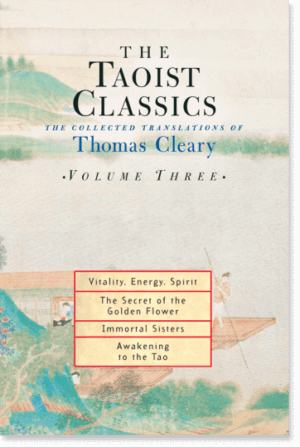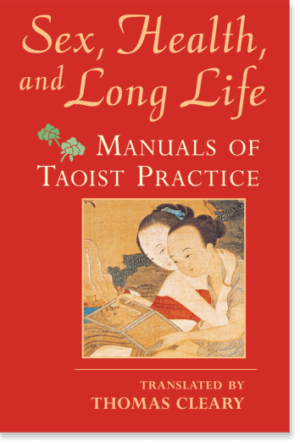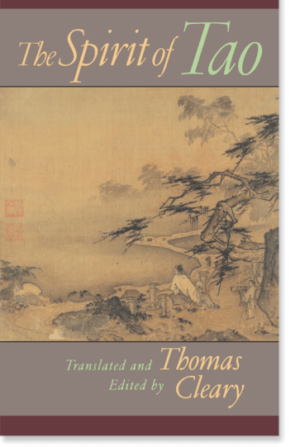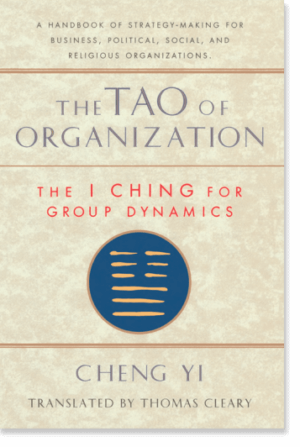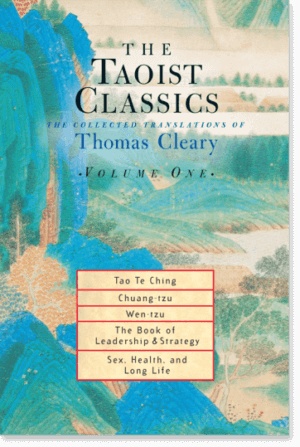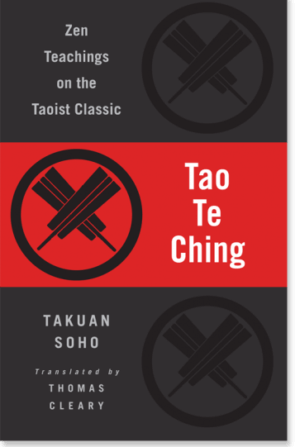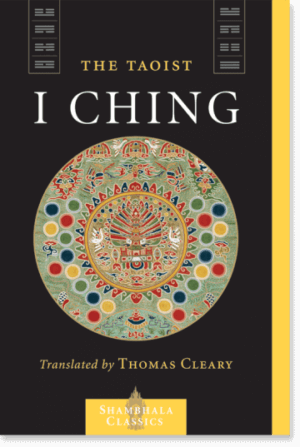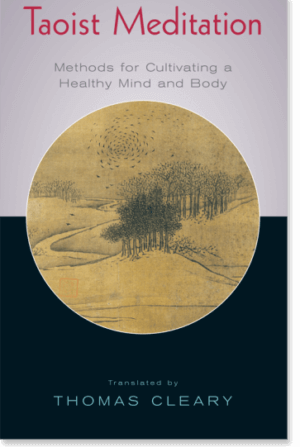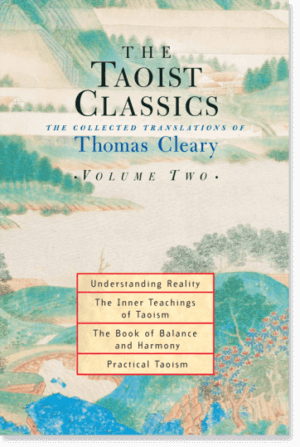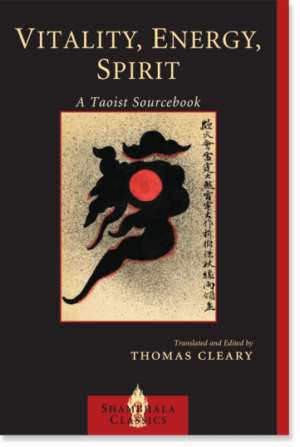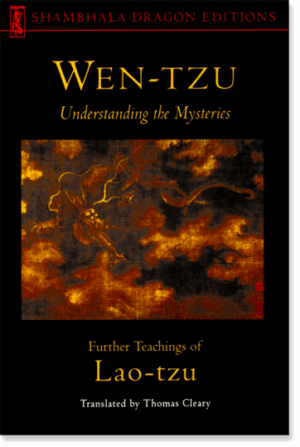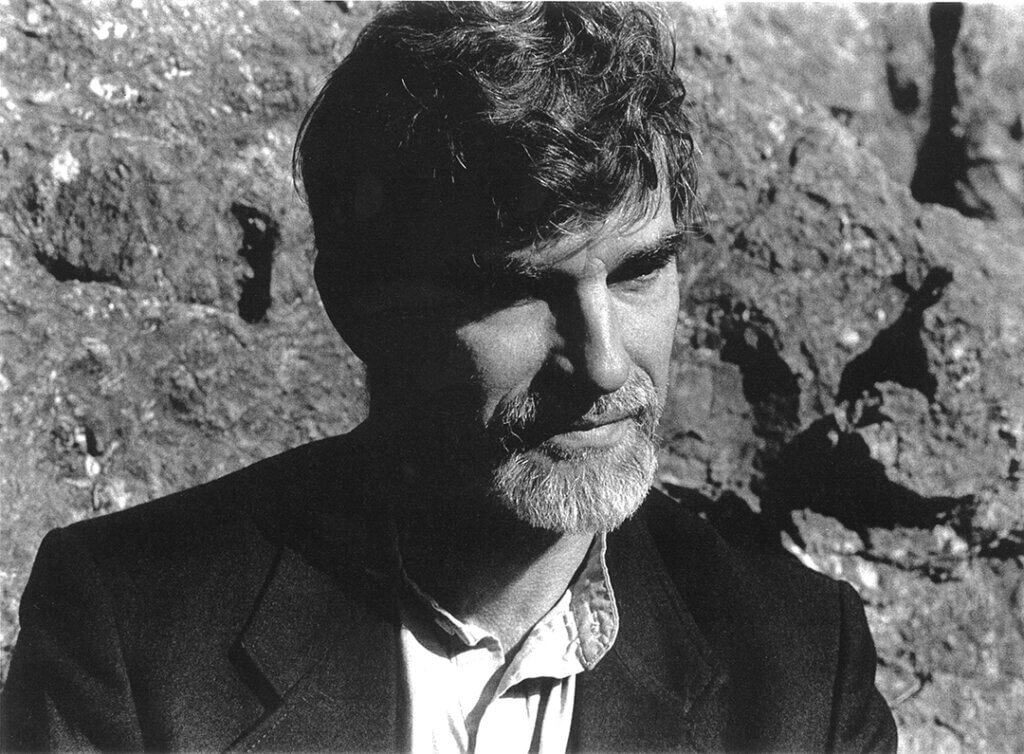
Thomas Cleary (1949—2021) was one of the twentieth century’s greatest translators of Asian classics. He was extremely prolific, translating and authoring countless works. Shambhala Publications has published over sixty. His books have sold millions of copies and his translations have in turn been translated into over twenty languages worldwide. His first published project, in collaboration with his brother J.C. Cleary, was the classic Blue Cliff Record, that great collection of koans.
Taoist works comprised a large part of his translations, with over eighteen works spanning a wide range of philosophical and practice topics.
Below is a guide to Cleary’s Taoist works published by Shambhala Publications. We hope you enjoy it and benefit from Cleary’s lifetime of dedication to these texts and the figures behind them.
Thomas Cleary Reader Guides
Buddhism | Taoism | Art of War, Strategy, & Martial Arts | I Ching | Greek Wisdom, Sufism & Islam
Alchemists, Mediums, and Magicians: Stories of Taoist Mystics
This is an introduction to the magical and mystical realm of Taoism through biographical and historical sketches of Taoist adepts over two thousand years. This panoramic view of the many faces of Taoism and its intimate connection with Chinese culture and society includes intriguing accounts of the Taoist secret societies that carried out mystical exercises and powerful consciousness-altering techniques, including sensory deprivation, incantation, visualization, and concentration.
This collection of sketches, compiled by Zhang Tianyu, a Taoist priest in the fourteenth century, and translated by renowned translator Thomas Cleary, portrays more than one hundred remarkable individuals from the eleventh century B.C.E. to the thirteenth century C.E. It introduces us to a broad and fascinating range of personalities including philosophers and scholars, magicians and mediums, alchemists and physicians, seers and soothsayers, and artists and poets, among many others.
Awakening to the Tao
Liu I-ming (b. 1737) was a Taoist adept and a scholar of Buddhism and Confucianism. In 142 brief meditative essays, he uses simple language and natural imagery to express the essence of the wisdom that holds the key to success in every human endeavor.
He is the author of commentaries on several Taoist classics that have been published in English, including The Taoist I Ching , also translated by Thomas Cleary.
The Book of Balance and Harmony: A Taoist Handbook
The Book of Balance and Harmony is a renowned anthology of writing by a thirteenth-century master of the Complete Reality School of Taoism, a movement begun around the turn of the first millennium CE whose aim was a return to the purity of Taoism's original principles and practices. This classic collection, compiled by one of the master's disciples, is still very much in use by the Taoist adepts of China today. Its serves as a compendium of the teaching of the Complete Reality School, both in theory and in practice, employing a rich variety of literary forms, including essays, dialogues, poetry, and song. The writings herein condense the essences of the Chinese religious traditions of Taoism, Confucianism, and Buddhism into an alchemical elixir teaching Vitality, Energy, and Spirit—the "three treasures" of Taoism that promise mental and physical well-being.
I Ching Mandalas
Volume Four of The Taoist Classics contains I Ching Mandalas. This is a traditional program of study that enables students of the I Ching to achieve a deeper understanding of the meaning of this great classic. I Ching Mandalas presents diagrams as tools for whole-brain learning that help the student to visualize patterns and interrelationships among the trigrams and hexagrams of the I Ching.
Immortal Sisters: Secret Teachings of Taoist Women
Immortal Sisters: Teachings of Taoist Women presents the writings of six distinguished Taoist women adepts writing between the fourth and twelfth centuries.
This is part of Volume Three of The Taoist Classics.
The Inner Teachings of Taoism
Taoist inner alchemy is a collection of theories and practices for transforming the mind and refining the self. The Inner Teachings of Taoism includes a classic of Chinese alchemy known as Four Hundred Words on the Gold Elixir. Written in the eleventh century by a founder of the Complete Reality School, this text is accompanied by the lucid commentary of the nineteenth-century adept Lui I-ming.
Practical Taoism
This extraordinary collection of teachings and commentaries illuminates the many profound mysteries of inner alchemy, one of the most important dimensions of the Taoist tradition. The science of inner alchemy consists of meditation practices that enable the individual to have a more intimate, energizing, and inspiring relationship with life. Although these techniques are described in the sourcebooks of ancient Taoism, they are often couched in cryptic symbolic language, making it difficult for today's seekers to put these teachings into practice. Some classical Taoist writers, however, did adopt a more explicit manner of expression. Practical Taoism is a collection of writings from these more accessible commentators on the traditional alchemical texts, compiled by a seventh-generation master of the Northern Branch of the Complete Reality School of Taoism known as the Preserver of Truth.
The Secret of the Golden Flower
The Secret of the Golden Flower was recently profiled by Buddhistdoor Global. It is one of China's most famous meditation texts and describes a technique that has gained prominence in English-speaking countries. This work is attributed to Lü Dongbin of the late Tang dynasty, considered on of the eight Taoist Immortals.
This is included in Volume Three of The Taoist Classics.
Sex, Health, and Long Life: Manuals of Taoist Practice
The benefits of sexual bliss were not lost on the ancients, who knew well its powers to enhance health, concentration, and peace of mind. These ancient Chinese Taoist texts explain the transformative effects sex can have when properly and wisely practiced, demonstrating Taoism’s emphasis on cultivating life’s “three treasures”—vitality, energy, and spirit—in all the activities of daily life. The texts are part of the famous Mawangdui finds, Han Dynasty tombs that yielded the richest cache of ancient medical manuscripts ever found in China. The first three texts—Ten Questions, Joining Yin and Yang, and Talk on Supreme Guidance for the World—deal with physical health and sex lore, including diet, exercise, sleep, and techniques of lovemaking. The last two, A Course in Effectiveness and A Course in Guidance, concentrate on the psychological factors of good health and well-being, especially the reduction of stress and cultivation of wholesome social relations.
The Spirit of Tao
Taoist teachings have arisen in many forms: abstract aphorisms, philosophical discussions, legends, fables—even jokes. All are represented here, culled from the most popular Taoist classics: the Tao-te Ching, Chuang-tzu, Huai-nan-tzu, and Wen-tzu, stories from the "Tales of Inner Meaning," and teachings of the Taoist patriarch Ancestor Lu. The spirit of the Tao manifests in myriad images, brought to life in this superb translation—from the ever-keen blade of a Taoist butcher to the mechanical miracles of inventor Ken Shiwa, from little boys baiting the great Confucius to mountain hermits disappearing in the mist, from the six robber organs that obscure the primordial to the ineffable mystery of mysteries.
This is also published as part of our Pocket Classics series, under the title The Pocket Taoist Reader.
The Tao of Organization: The I Ching for Group Dynamics
Of particular interest for its application to business strategizing, this edition of the well-known ancient Chinese classic I Ching (The Book of Changes) guides readers through the intricacies of group dynamics and relationships within organizations of all kinds. The root text is supported by a commentary from the eleventh-century scholar Cheng Yi, founder of the movement known as Lixue, the "study of inner design." Cheng contended that by understanding the pattern of events—the inner design of nature—one can bring about mutual understanding and cooperation among people in groups, thus facilitating the accomplishment of any tasks they might undertake.
The translator's extensive introduction gives specific, systematic guidelines for consulting the I Ching for greatest understanding and best results. Included in the afterword is a profile of the modern and Japanese organizational genius Matsushita Konosuke, founder of Panasonic and other multinational corporations, whose success has been built on the principles of the I Ching.
Tao Te Ching
Included in Volume One of The Taoist Classics is Cleary's classic translation of the Tao Te Ching.
Tao Te Ching: Zen Teachings on the Taoist Classic
This version of the Tao Te Ching presents the classic in a unique light, through the eyes of a renowned master of the Rinzai Zen tradition. Takuan Soho, who lived from 1573 to 1645, was an acerbic, witty, free spirit; a painter, poet, author, calligrapher, gardener, and a tea master. He was also a confidant and teacher to shoguns and many other powerful and famous figures, among them the famed swordsmen Yagyu Munenori and, according to legend, Miyamoto Musashi.
True to the teachings of the Tao Te Ching itself, as well as to the tradition of Zen, Takuan draws from everyday experience and common sense, to reveal the basic sanity of nature and the inherent wholeness of life. Takuan reveals how the Tao Te Ching applies to a wide range of concerns, including health, personal relationships, and individual lifestyle. He interprets the text through a philosophical and psychological lens, and also elucidates its radical social and political concepts.
The Taoist I Ching
The I Ching, or "Book of Change," is considered the oldest of the Chinese classics and has throughout history commanded unsurpassed prestige and popularity. Containing several layers of text and given numerous levels of interpretation, it has captured continuous attention for well over two thousand years. It has been considered a book of fundamental principles by philosophers, politicians, mystics, alchemists, yogins, diviners, sorcerers, and more recently by scientists and mathematicians.
This first part of the present volume is the text of the I Ching proper—the sixty-four hexagrams plus sayings on the hexagrams and their lines—with the commentary composed by Liu I-ming, a Taoist adept, in 1796. The second part is Liu I-ming's commentary on the two sections added to the I Ching by earlier commentators, believed to be members of the original Confucian school; these two sections are known as the Overall Images and the Mixed Hexagrams. In total, the book illuminates the Taoist inner teachings as practiced in the School of Complete Reality.
Well versed in Buddhism and Confucianism as well as Taoism, Liu I-ming intended his work to be read as a guide to comprehensive self-realization while living an ordinary life in the world. In his attempt to lift the veil of mystery from the esoteric language of the I Ching, he employs the terminology of psychology, sociology, history, myth, and religion. This commentary on the I Ching stands as a major contribution to the elucidation of Chinese spiritual genius.
Taoist Meditation: Methods for Cultivating a Healthy Mind and Body
The ancient meditation techniques of Taoism encompass a wide range of practices—with an aim toward cultivating a healthy body as well as an enlightened mind. These selections from classic texts of Taoist meditation represent the entire range of techniques—from sitting meditation practices to internal alchemy. Most of the texts appear here in English for the first time.
Selections are taken from the following classics:
- Anthology on Cultivation of Realization: A document from 1739 (Ming Dynasty) that emphasizes development of the natural, social, and spiritual elements in human life.
- Treatise on Sitting Forgetting: A Tang Dynasty text that sets meditation practice in terms familiar to Confucians and Buddhists.
- Sayings of Taoist Master Danyang: Wisdom of the Taoist wizard and representative of the Complete Reality School.
- Secret Writings on the Mechanism of Nature: An anthology taken from one hundred sixty-three Taoist sources, including ancient classics and works on meditation and spiritual alchemy, along with admonitions and teachings of the great Taoist luminaries.
- Zhang Sanfeng's Taiji Alchemy Secrets: A treatise on the inner mediation practices that are the proper foundation of the martial art Taiji.
- Secret Records of Understanding the Way: A rare and remarkable collection of talks by an anonymous Taoist master of the later Qing dynasty (1644–1911). Traditional teachings with a sometimes strikingly modern bent.
Understanding Reality: A Taoist Alchemical Classic
Understanding Reality is one of the classics of spiritual alchemy as described by the Complete Reality School, and is still considered a basic document of Taoist mental science. It was writtten by Chang Po-tuan and this edition includes a commentary by Liu I-ming.
This is included in Volume Two of The Taoist Classics.
Vitality, Energy, Spirit: A Taoist Sourcebook
The “three treasures” of human life—vitality, energy, and spirit—are envisioned in Taoist thought as the source of creativity, capability, and intelligence. This comprehensive anthology traces the teachings on these three treasures through the long history of Taoism, highlighting the quintessential works on their practical application for mental and physical well-being. Along with brief selections from the classic sources of Taoism by Lao Tzu and Chang-tzu, the book presents a rich selection of tales and sayings from Taoist literature, as well as a broad range of writings from the Complete Reality school, including essays and commentary from such figures as Lü Yen, Chang Po-tuan, and Liu I-ming.
Wen-tzu: Understanding the Mysteries
Lao-tzu, the legendary sage of ancient China, is traditionally considered to be the author of the Tao Te Ching, one of the most popular classics of world literature. Now Lao-tzu's further teachings on the Tao, or Way, are presented here in the first English translation of the Chinese text known as the Wen-tzu. Although previously ignored by Western scholars, the Wen-tzu has long been revered by the Chinese as one of the great classics of ancient Taoism. In it, Lao-tzu shows that the cultivation of simplicity and spontaneity is essential to both the enlightened individual and the wise leader. This timeless work will appeal to a broad audience of contemporary readers who have come to consider Lao-tzu's Tao Te Ching a classic on the art of living.

